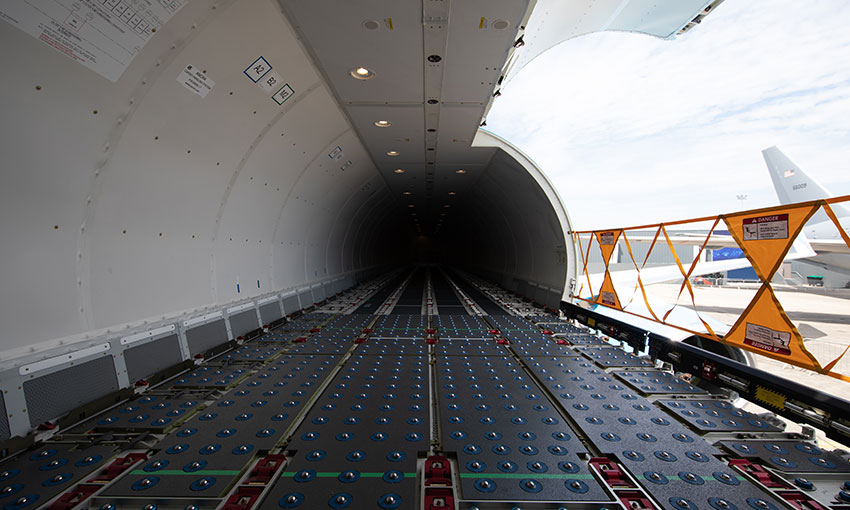THE INTERNATIONAL Air Transport Association has reported its first year-on-year air cargo capacity contraction since April 2022.
IATA’s data for October 2022 indicates capacity was 0.6% below what it was in October 2021.
However, month-on-month capacity increased by 2.4% in preparation for the year-end peak season.
And global demand, measured in cargo-tonne kilometres, fell 13.6% compared to October 2021 (-13.5% for international operations).
IATA director general Willie Walsh said air cargo is demonstrating resilience as headwinds persist.
“Cargo demand in October – while tracking below the exceptional performance of October 2021 – saw a 3.5% increase in demand compared to September,” he said.
“This indicates that the year-end will still bring a traditional peak-season boost despite economic uncertainties.
“But as 2022 closes out it appears that the current economic uncertainties will follow into the new year and need continued close monitoring.”
According to IATA, new export orders, a leading indicator of cargo demand, are shrinking in all markets except China and South Korea, which registered slightly higher new export orders in October.
Latest global goods trade figures showed a 5.6% expansion in September, which IATA highlighted as a positive sign for the global economy.
The association said the increase is expected to primarily benefit maritime cargo, with a slight boost to air cargo as well.
Asia-Pacific airlines saw air cargo volumes decrease by 14.7% in October 2022 compared to the same month in 2021.
IATA noted a decline in performance compared to September (-10.7%).
It said airlines in the region continue to be impacted by the war in Ukraine, and lower levels of trade and manufacturing activity due to Omicron-related restrictions in China.
Available capacity in the region decreased by 2.8% compared to 2021.
In North America, airlines posted an 8.6% decrease in cargo volumes in October 2022 compared to the same month in 2021.
This was a decline in performance compared to September (-6.0%). Capacity increased 2.4% compared to October 2021.
European airlines experienced an 18.8% decrease in cargo volumes in October 2022 compared to the same month in 2021.
IATA said this was “the worst performance of all regions” and a decline in performance compared to September (-15.6%), attributable to the war in Ukraine.
High inflation levels, most notably in Türkiye, also affected volumes. Capacity decreased 5.2% in October 2022 compared to October 2021.
Middle Eastern airlines saw a 15% year-on-year decrease in cargo volumes in October 2022.
IATA said the latest volume figure for the region was a marginal improvement to the previous month (-15.8%).
Stagnant cargo volumes to and from Europe impacted the region’s performance. Capacity increased 1% compared to October 2021.
In Latin America, airlines reported a decrease in demand of 1.4% in cargo volumes in October 2022 compared to October 2021.
This was the strongest performance of all regions, however it still was a significant decline in performance compared to September (10.8%).
According to IATA, this was the first decline in volumes since March 2021. Capacity in October was up 19.2% compared to the same month in 2021.
And African airlines saw cargo volumes decrease by 8.3% in October 2022 compared to October 2021.
IATA said this was a significant decrease in the growth recorded the previous month (0.1%). Capacity was 7.4% below October 2021 levels.

